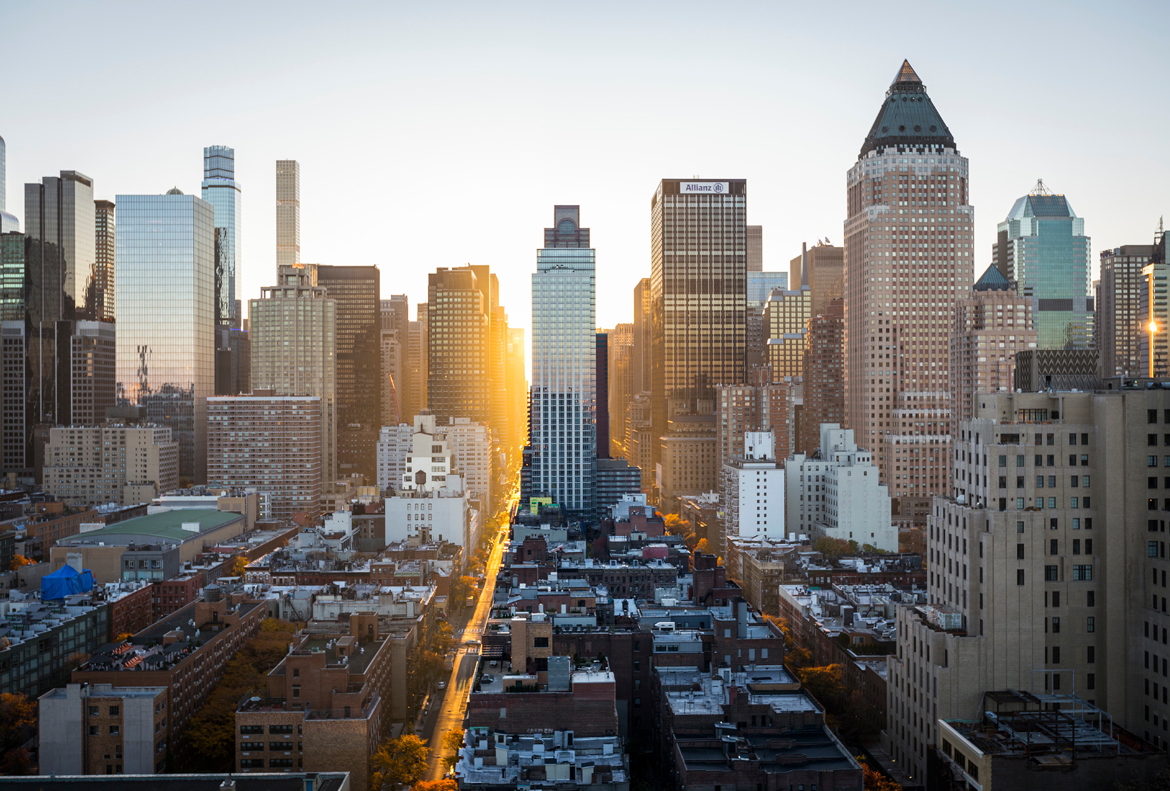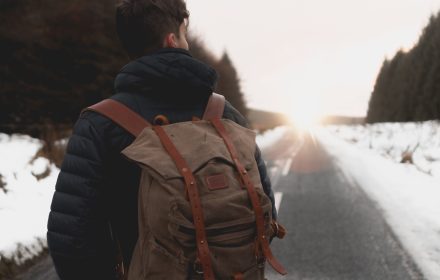You can use foreground, middle ground, and background to add depth and dimension to the image. These are often used in landscape photography. But they are also useful in other genres of photography. Depth and dimension in any image add more interest in the eyes of the viewer. It makes them pause to take in different elements and how they work within the context of the frame. Here’s how to use foreground, middle ground, and background for improved images.
Use This Technique Leading Lines
The goal of using leading lines in an image is to help the viewer by drawing the focus gradually to the main subject. Sometimes photographers use leading lines like roads, poles or even buildings. These direct the eyes of the viewer to the main subject.
In other instances, the leading lines are more figurative, such as road signs or building signs. It could be a secondary subject that is used to draw the viewer towards the main subject in the frame.

The most common leading lines are roads. These can naturally draw the eye to the main subject in the middle ground. Here the middle ground and the background are the same i.e. the layers of the mountains.

Use This Technique
Creative framing is a simple photographic technique. It helps you define the subject and to elevate its relative importance in the image. Frames serve to close the frame by preventing the viewer’s gaze from exiting the image. Framing elements are all around us. All it takes is a little careful observation and use of perspective. Architectural elements, nature, color, textures, light and shadows, reflections, people and objects are great ways to add depth and layers to your images.
Settings for Foreground, Background, and Middle Ground Photography



Most landscape photographers will always photograph at narrow apertures of at least f/8 and beyond. A narrow aperture is an aperture value or an f/stop value is big (bigger than f/5.0). A wide aperture is an aperture value or f/stop value is small (smaller than f/5.0). And finally, an aperture value of f/5.6 is considered as a normal aperture value. Using a narrow aperture technique allows for all elements in the frame to be in focus and sharp. The distinct layers can be seen.





 GCA6GKQGAXWH2IZCBQZC4XMYK3AFS3UW2GKPRFACPV5SGU7EJT4CK4N5
GCA6GKQGAXWH2IZCBQZC4XMYK3AFS3UW2GKPRFACPV5SGU7EJT4CK4N5
